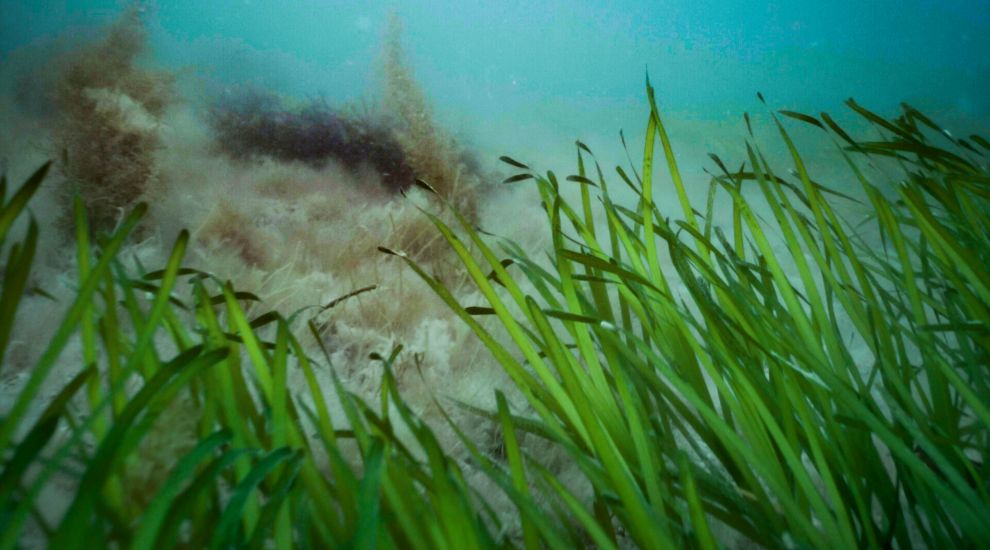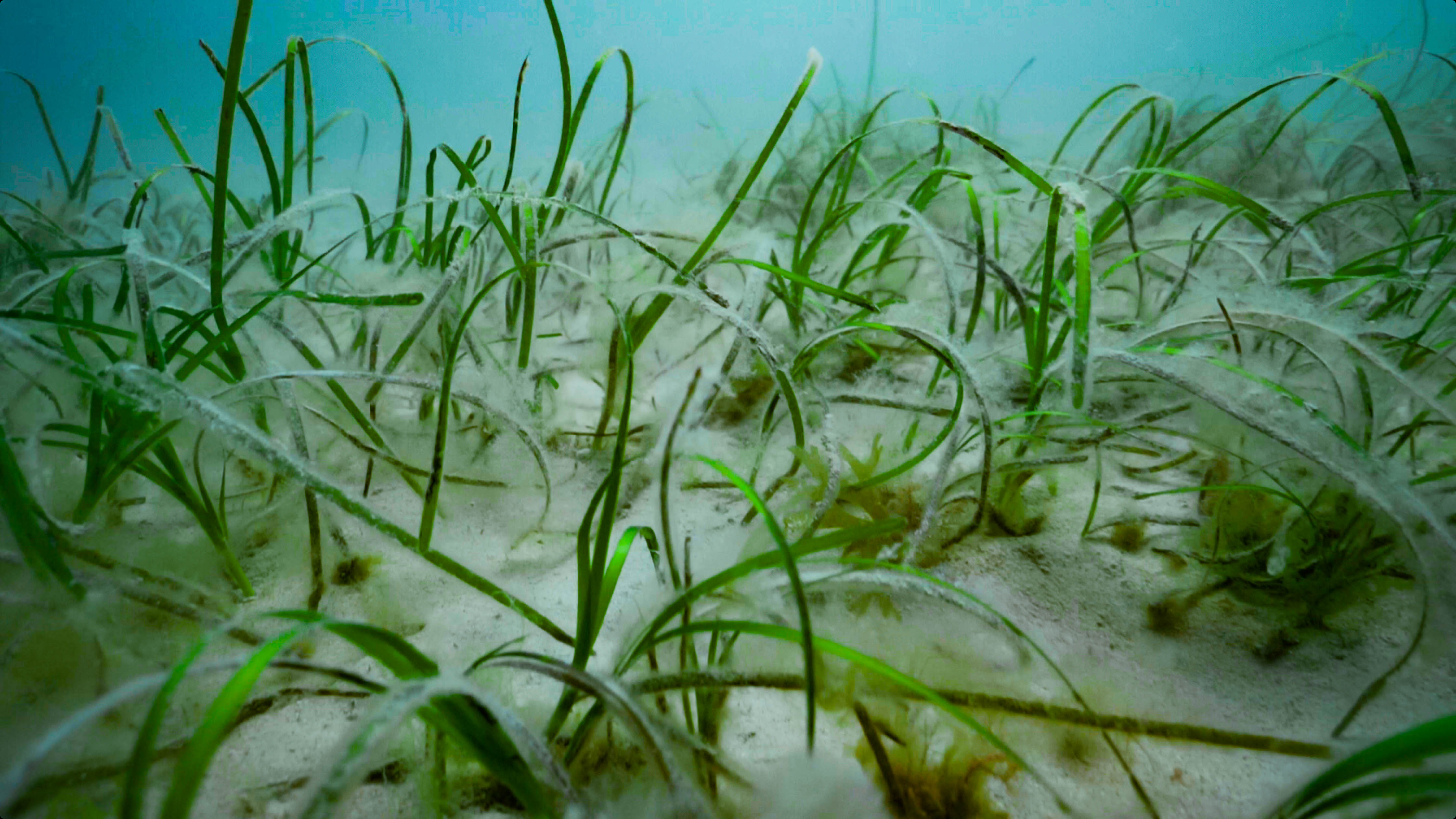


A new project has been launched to protect the largest site of seagrass – which can absorb carbon 35 times more than tropical rainforests - around the island’s coastline.
Ports of Jersey’s new project is focused around the Bay of St. Catherine, which supports a wealth of marine life.
Not only does seagrass act as an important nursery habitat for many species, but it also is a key element for carbon sequestration – the process whereby carbon dioxide (CO2) is removed from the atmosphere and held in solid or liquid form.
Ports of Jersey has established a working group with Government of Jersey Marine Resources officers, users of the bay, Jersey Marine Conservation, and the Blue Marine Foundation. Their aim is to create conditions where the seagrass can flourish, both now and in future.
“One way we are hoping to do this is through the fair and adaptable administration of moorings within the deep-water site,” explained Louise Stafford, Ports’ Projects and Environment Manager, who is overseeing the project.

Pictured: Seagrass can absorb carbon 35 times more than tropical rainforests. (Blue Marine/Matt Jarvis)
“Studies have highlighted that traditional mooring systems and anchoring cause significant damage to the seagrass and erosion to the seabed by the mooring chain. To help us monitor the effects, we removed unused moorings in the area.
"We then asked Jersey Marine Conservation to establish the extent of the damage caused and study the progress of the seagrass re-establishing within these areas.”
Jersey Marine Conservation has completed initial dive surveys across sites where the moorings have been decommissioned and removed by Ports of Jersey. Also involved is Emily Dow, Science and Education Officer for Jersey Marine Conservation, is analysing the seagrass at St Catherine’s Bay as part of her MSc dissertation project from the Jersey International Centre of Advanced Studies.
“Data has been gathered on the size of the damaged seagrass areas, density of the surrounding seagrass beds, including average leaf lengths and leaf numbers per shoot,” she explained.
“The regrowth rate in these areas will be monitored by dive surveys and supported by aerial footage and underwater towed videos. This will demonstrate the rate of seagrass recovery we can expect to see when a mooring chain is not impacting the seabed.”
Alongside users of the bay, the conservation team will this week look at the management of the moorings. The next step will be to trial different mooring designs to study their impact on the seabed.
Comments
Comments on this story express the views of the commentator only, not Bailiwick Publishing. We are unable to guarantee the accuracy of any of those comments.